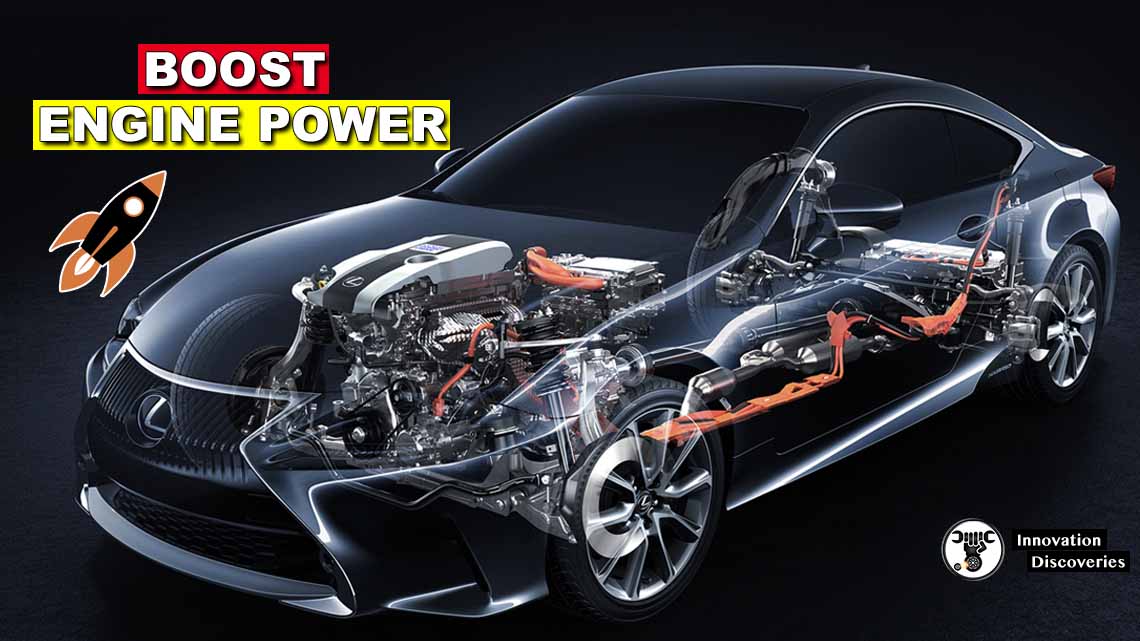
If you’re a car enthusiast or simply looking for a bit more “oomph” from your vehicle, boosting engine power is an appealing prospect.
More power means better acceleration, higher top speeds, and an overall more exciting driving experience. But before you dive into engine modifications, it’s crucial to understand the most effective methods and the implications of each.
Here are five proven techniques to increase engine power while keeping safety and reliability in mind.
1. Upgrade to a Performance Air Intake System
One of the simplest and most cost-effective ways to boost engine power is by upgrading the air intake system. Stock air intakes are designed with noise reduction and cost in mind, which can restrict airflow.
Switching to a high-flow or cold air intake system allows more air to reach the engine, resulting in better combustion and more power.
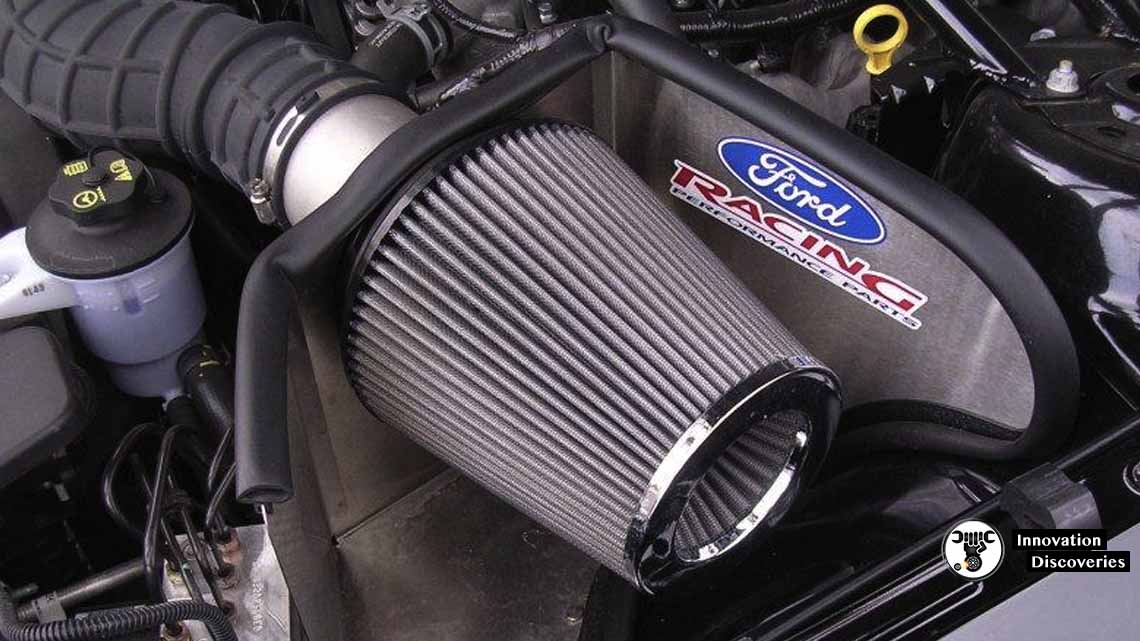
Cold air intakes are particularly popular because they draw cooler, denser air from outside the engine bay. This denser air contains more oxygen, leading to more efficient combustion and increased horsepower.
This modification is typically straightforward, requiring basic tools and minimal mechanical expertise.
SEE MORE:
2. Install a High-Performance Exhaust System
An upgraded exhaust system complements a performance air intake by allowing exhaust gases to escape more freely. Stock exhaust systems are often restrictive, leading to increased backpressure, which can hamper engine performance.
A high-performance exhaust system reduces this backpressure, allowing the engine to “breathe” more easily.
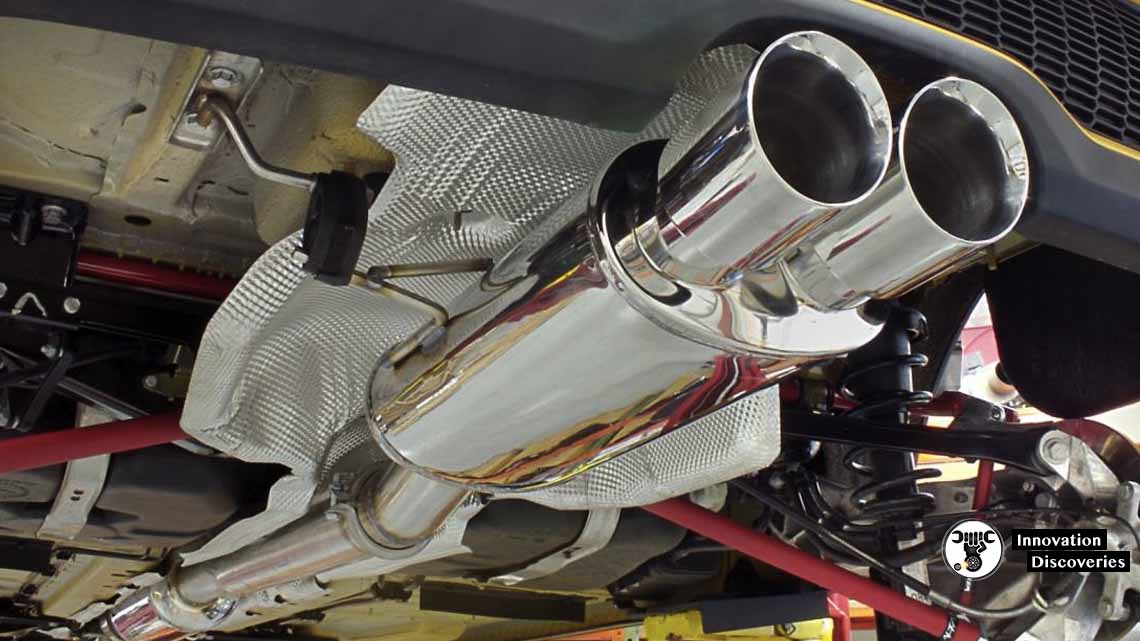
By installing a performance exhaust, you can expect a noticeable increase in horsepower and torque.
Additionally, a new exhaust system often gives your vehicle a sportier sound, adding to the driving experience.
3. Tune the Engine with ECU Remapping
Modern vehicles are controlled by an Engine Control Unit (ECU), which manages fuel-air mixture, ignition timing, and other engine parameters. By remapping the ECU or using performance tuning software, you can optimize these settings to extract more power from the engine.
ECU remapping can be one of the most effective methods for boosting engine power, with significant gains in horsepower and torque.
However, it’s essential to have this done by a reputable professional to ensure safe and reliable results. Improper tuning can lead to engine damage or decreased fuel efficiency.
4. Add a Turbocharger or Supercharger
If you’re seeking a substantial increase in power, adding a turbocharger or supercharger to your engine might be the way to go.
These forced induction systems force more air into the engine, allowing for a greater volume of fuel to be burned, resulting in a significant boost in power.
A turbocharger uses exhaust gases to drive a turbine, which compresses the incoming air, while a supercharger is mechanically driven by the engine’s crankshaft.
Both can deliver a noticeable increase in horsepower, but they also require more complex installation and may impact engine longevity if not properly maintained.
5. Upgrade Camshafts and Valvetrain Components
Upgrading camshafts and other valvetrain components can improve engine performance by optimizing valve timing and lift. This allows for more efficient air intake and exhaust, leading to increased horsepower and torque.
High-performance camshafts can be tailored for specific driving styles, such as increased low-end torque or higher top-end power.
However, installing new camshafts and valvetrain components is a more complex process that may require significant engine disassembly, so professional installation is highly recommended.
Final Thoughts
Boosting engine power can transform your vehicle’s performance, making it more responsive, faster, and overall more fun to drive.
However, always consider the impact of these modifications on safety, reliability, and emissions.
Before making any significant changes, consult with automotive experts and ensure your vehicle complies with local laws and regulations. With the right approach, you can enjoy a powerful and thrilling ride.
Discover More:
FOR MORE KNOWLEDGE
- 4 COMMON SYMPTOMS OF AUTOMATIC TRANSMISSION PROBLEMS
- COMMON PARTS OF AN AUTOMATIC TRANSMISSION
- COMMON FAULTS IN THE 6-SPEED DSG TRANSMISSION
- IS REBUILDING A TRANSMISSION WORTH IT IN THE LONG RUN?
Visit Forum
Visit Our Friendly Website


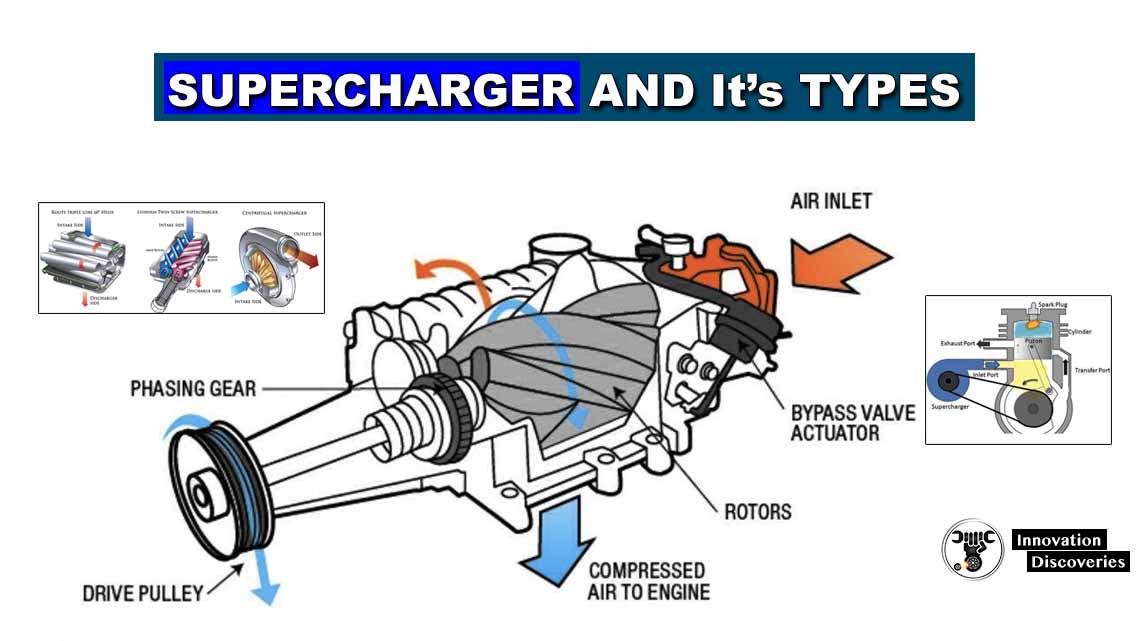

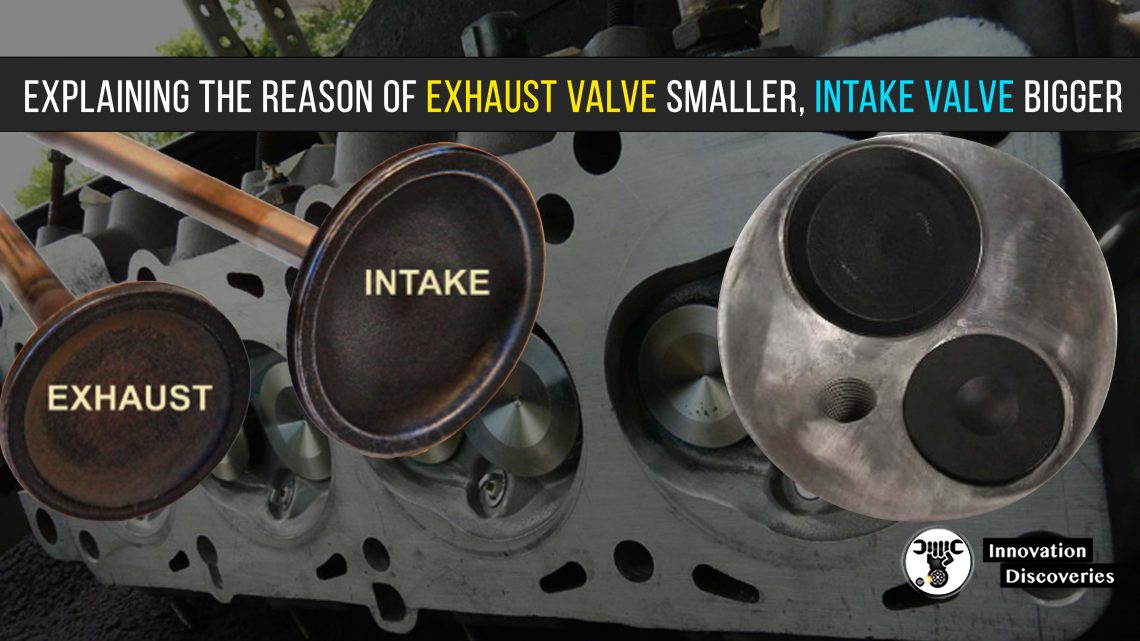
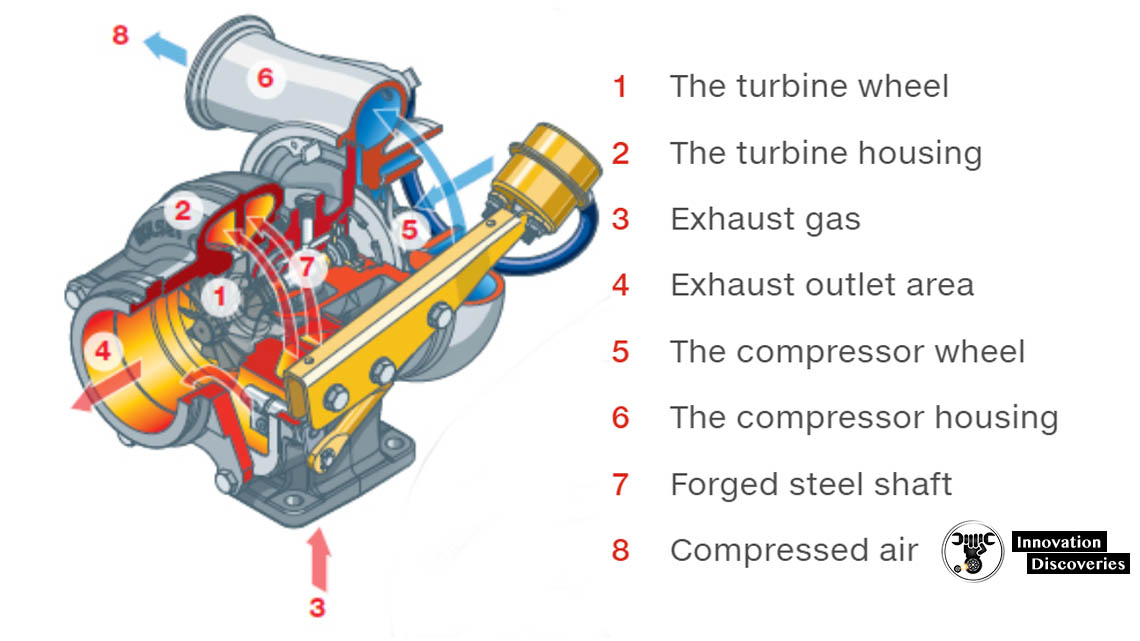

2 Comments